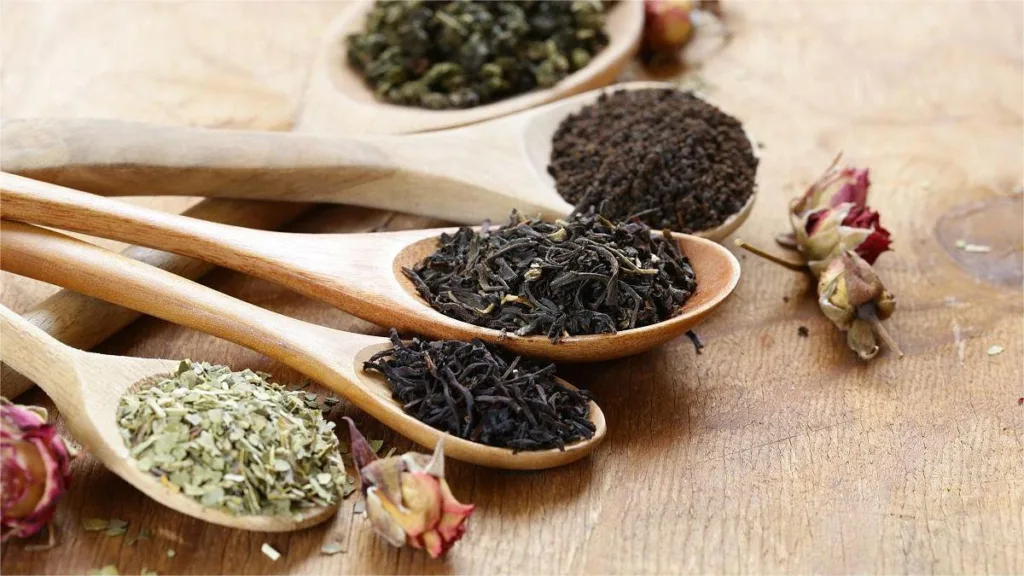Rinsing Chinese tea, known as “washing tea” or “醒茶” in Chinese, is a traditional practice deeply rooted in the art of tea preparation. This ritual serves not only to remove dust and eliminate pesticide residues but also to enhance the fragrance of the tea leaves, a process often referred to as “awakening the tea.”
To begin with, it’s crucial to differentiate between various types of tea to determine whether rinsing is necessary. Some teas, such as green tea and black tea, fall into the category that doesn’t require rinsing. Green tea, being delicate, and black tea, with its fine particles, release their flavors relatively quickly. Rinsing such teas may lead to a loss of essential nutrients. The second category includes teas like oolong, which only require a single rinse to allow the leaves to unfurl properly. The third category involves teas like black tea and pu-erh, typically tightly pressed, requiring multiple rinses to fully awaken the flavors.
Moving on to the process of rinsing, it is a simple yet essential step in the tea preparation ritual. The steps are straightforward – essentially, it involves running water over the tea leaves. Here’s a step-by-step guide:
- Prepare the Tea: Place the tea leaves in the tea vessel designated for steeping.
- Add Hot Water: Pour hot water over the tea leaves. Allow it to sit for a few seconds.
- Discard the Water: After a brief pause, pour out the water, discarding it. This entire process is known as rinsing the tea.
The act of rinsing tea leaves is a culinary and cultural expression within the realm of tea consumption. This practice achieves several objectives. Firstly, it removes any impurities, such as dust, that might be present in the tea leaves, ensuring a healthier beverage. Secondly, the process of “awakening” or “醒茶” accelerates the elevation of the tea quality, allowing the tea drinker to quickly and efficiently enjoy the optimal flavors of the tea.
Temperature plays a crucial role in the rinsing process. The water temperature should not be too low, as it may fail to extract the full aroma of the tea. On the other hand, excessively high temperatures can lead to the loss of some nutritional components. Generally, a water temperature of around 80 degrees Celsius is considered ideal for rinsing Chinese tea, striking a balance that preserves the tea’s essence while avoiding unnecessary nutrient wastage.



